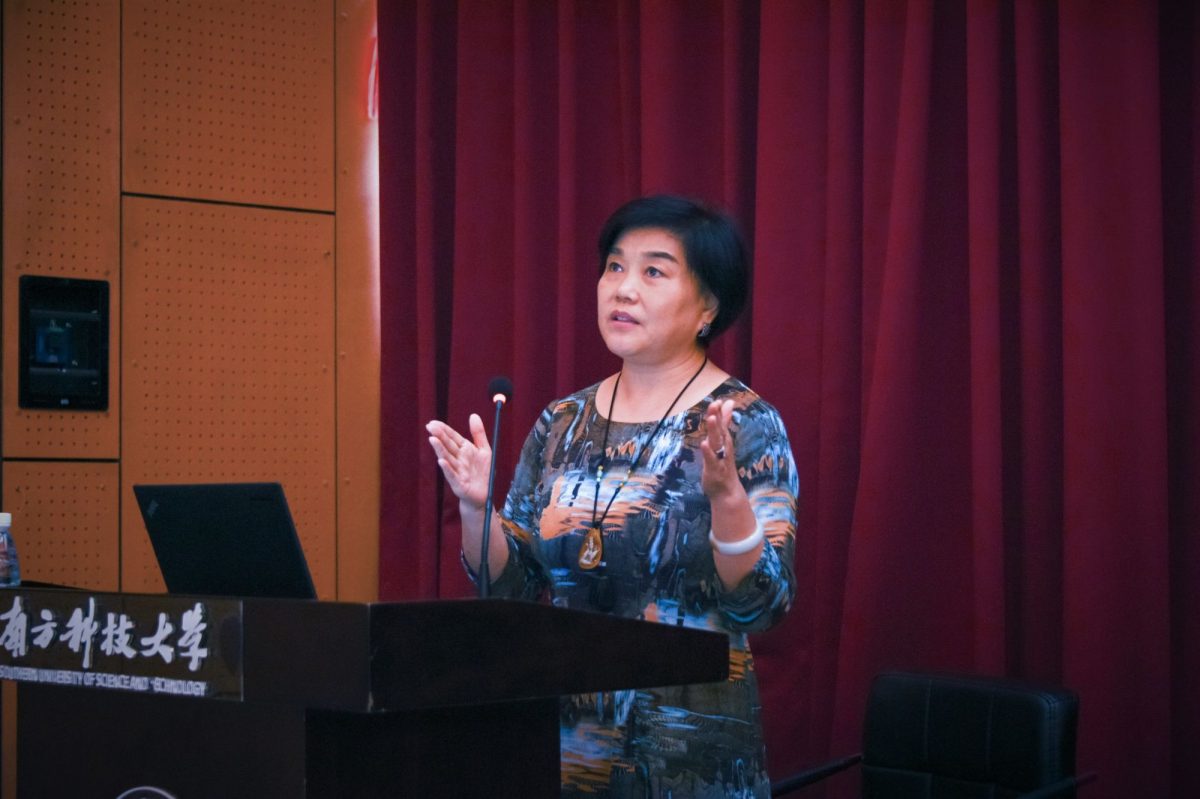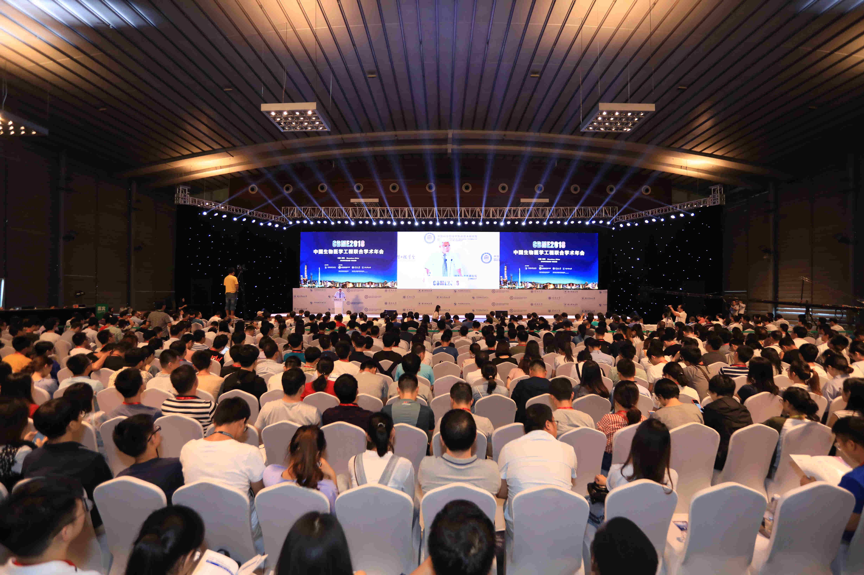Introduction
The Global Scientist Interdisciplinary Forum at Southern University of Science and Technology (SUSTech) is an important conference for talent recruitment. It aims to provide a platform for academic exchanges among young scholars at home and abroad, to promote interdisciplinary and academic innovation, and discuss the approach for the construction of world-class universities and disciplines. Through the recruitment of world-class talents, we plan to build SUSTech into a high-level research university with unique characteristics in the world.
Qualifications for Applicants
(a) Under age of 40 (born after 1 January 1979);
(b) Doctoral degree obtained from internationally renowned universities and institutes; or Ph.D. degrees from Chinese universities with more than 3 years of working abroad, with achievements in related fields or good potential for further development; scholars with academic influence in the related field. Scholars from all areas are welcome.
Forum Schedule
Registration Date: January 4, 2019(Friday)
Date of the Forum: January 5-6, 2019
Application
Please submit your CV to institutional mailbox of SUSTech Academy for Advanced Interdisciplinary Studies (aais@sustc.edu.cn) and intended department mailbox (see the list of schools/departments in the end), entitled “SUSTech Global Scientist Interdisciplinary Forum Application-intended department (e.g. Mathematics…)” for evaluation. The application will close on December 15, 2018. Successful applicants will receive the invitation before December 20, 2018.
Travel and Accommodation
(a) Free accommodation and lodging will be provided;
(b) Travels: All invited participants need to purchase their own tickets (economy class). We will provide travel reimbursement for the actual cost of tickets between 12/20/2018-01/20/2019 (maximum CNY 12,000 per person).
Contact Information
Ms. Yuan Zeng
Tel: +86-75588015137
Email: bmehr@sustc.edu.cn
Salary and Benefits
I. Income and Benefits
1. Globally competitive (including US & HK) salary;
2. Apartment inside campus (depending on remaining apartment quantity) or housing allowance of leasing outside;
3. Social Insurance:Retirement insurance, medical insurance, unemployment insurance, industrial injury insurance, maternity insurance and housing accumulation funds. Special health insurance negotiable.
4. A total of CNY 2.75 million living subsidies, including:
(1) National living subsidies CNY 500,000;
(2) Guangdong Provision living subsidies CNY 250,000;
(3) Shenzhen living subsides of CNY 2 million (“Shenzhen peacock talent plan B”).
II. Lab space no less than 150 square meters.
III. A total of approximate CNY 12 million research fund, including:
1. National research fund CNY 1-3 million;
2. Guangdong Provision start-up fund CNY 250,000;
3. Shenzhen living start-up fund of CNY 3-5 million (“Shenzhen peacock talent plan B”);
4. Nanshan District start-up fund of CNY 200,000;
5. SUSTech start-up fund of CNY 3 million.
6. Special requirements negotiable.
IV. Living supports
1. Registered permanent residence service of scholar’s family (spouse and children) for Chinese;
2. Resident visa service of scholar’s family (spouse and children) for foreigners;
3. Children’s education in SUSTech affiliated preschool, primary school and middle school;
4. Spouse’s employment service.
V. National, province and Shenzhen talent programs application service. Special requirements negotiable.
Southern University of Science and Technology(SUSTech)is a public research university established in 2011, funded by Shenzhen Municipality. Widely regarded as a pioneer and innovator in collectively moving China’s higher education forward to match China’s ever-growing role in the international arena, SUSTech aspires to be a globally-renowned university that contributes significantly to the advancement of science and technology by excelling in interdisciplinary research, nurturing creative future leaders and creating knowledge for the world. Located in Shenzhen, one of the fastest growing cities in China and the country’s window to the world, SUSTech enjoys strong connections with leading companies in China and renowned universities around the world.
Currently, SUSTech has about 350 tenure/tenure-track professors, 24 academicians and fellows of academies, 18 “Changjiang” scholars; more than 50% of faculties are high-level talents. There are more than 5300 students in SUSTech, including 4029 high quality undergraduate students and 1352 graduate students. In 2016, SUSTech’s research fund of per faculty member was ranked No. 3 in all mainland universities of China. In 2018, SUSTech was ranked No. 26 in “Nature Index” among all mainland universities of China. It only takes four years for SUSTech to increase the ranking in “Nature Index” from 55 to 26. The “Nature Index 2018 Rising Stars” showed that among world’s 100 fastest-rising organizations, SUSTech was ranked 4th in the list, which is No. 1 among young universities established after 1988. On September 26th, the Times Higher Education World University Rankings 2019 were released with Southern University of Science and Technology being listed for the first time. SUSTech was ranked 8th among the 72 mainland China universities on the list.
In June 2016, the SUSTech Department of Biomedical Engineering (BME) was founded by Professor X. Edward Guo of Columbia University, upon his appointment as the University’s Senior Advisor. The Department currently has 11 core faculty members that include, a Distinguished Young Scholar of the Chinese National Science Foundation and an Outstanding Young Investigator of the Chinese National Natural Science Foundation. The Department has six research foci that encompass Mechanomedicine, Multiscale/Multimodal Biomedical Imaging, Wearable Devices and Wireless Monitoring, Biomedical MEMS, De Novo Regenerative Engineering, Computational Medicine for Big Data and Health Informatics.
Through strong ties between SUSTech BME and Columbia University BME, SUSTech BME continues to receive strong support from BME at Columbia University and has formed its own undergraduate curricula that mirror the BME curricula of Columbia University. Currently, the Department progressively cultivate students at the bachelor, master and PhD levels through close collaboration with BME at Columbia University.
Echoing the core culture of the Department: “Adventurous, Arduous, Amiable”; we sincerely welcome all global talents to join us in creating an interdisciplinary innovative research platform. We aspire to continue to develop this platform as a world-class biomedical engineering program within the next decade.
BME welcome all eligible young scholars at home and abroad to apply and attend the Global Scientist Interdisciplinary Forum!







.png)
.png)



